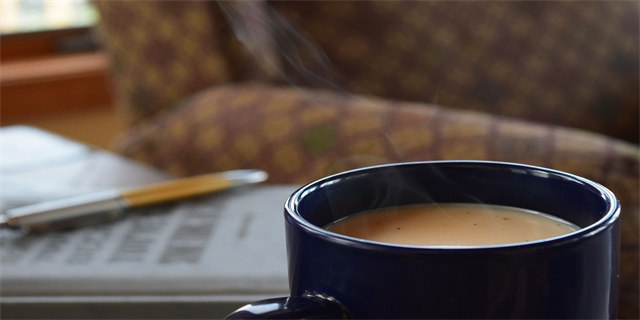Lip & Dental: The pronunciation of labiodental sounds
The human mouth is capable of producing a wide range of sounds. One of these sounds is the labiodental, which is made by touching the lower lip to the upper teeth. The labiodental sound is found in many languages around the world, and it has a unique pronunciation that can be difficult to master. In this article, we will explore the anatomy of the mouth and the mechanics of labiodental sounds, as well as some common mistakes to avoid when attempting to pronounce this sound.
Understanding the Mouth’s Anatomy
The mouth is made up of several different parts, each of which plays a crucial role in speech production. The lips, teeth, tongue, jaw, and palate all work together to form the many sounds we use to communicate. When it comes to producing labiodental sounds, the lips and teeth are particularly important. The teeth provide a solid surface for the lower lip to rest against, while the upper lip is free to move in a variety of ways depending on the particular sound being produced.
The Mechanics of Labiodental Sounds
To produce a labiodental sound, place your lower lip against your upper front teeth. Then, blow air out of your mouth while keeping your lip and teeth touching. The resulting sound will be a labiodental sound. The sound is similar to the “f” sound in the word “fun,” as well as the “v” sound in the word “vine.”
One of the keys to producing a good labiodental sound is to make sure your lips are in the right position. The lower lip should be touching the upper teeth, but not so tightly that it restricts the flow of air. The upper lip should be relaxed, and should not be pressing against the lower lip. Additionally, it is important to remember to blow air out of your mouth and not your nose.
Common Mistakes to Avoid
While labiodental sounds are relatively easy for most people to produce, there are some common mistakes that can make it difficult to get the sound just right. One of the most common mistakes is to replace the labiodental sound with a dental sound, which is produced by touching the tongue to the upper teeth. This can lead to confusion, as the two sounds are not interchangeable.
Another common mistake is to place too much emphasis on the lips and teeth, and not enough on the airflow. This can result in a weak or muffled sound, which can be difficult to understand. To avoid this mistake, try to focus on blowing air out of your mouth evenly and consistently, while keeping your lips and teeth in the right position.
In conclusion, labiodental sounds are an important part of many languages, and they can be tricky to master. However, with a good understanding of the mouth’s anatomy and the mechanics of labiodental sounds, as well as an awareness of common mistakes to avoid, anyone can improve their ability to produce this sound with confidence.





